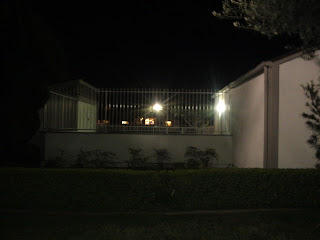Instead of exploring the metropolitan areas of Los Angeles, I will be looking at some data that i retrieved from Simply Maps from some of the areas I have frequented.
The Map above shows household income in the the south western part of Los Angeles to downtown. What I noticed first of all, is that there are basically three groups: the low class (0-61K a year), the middle class (61K-99K) and the upperclass (100K and above). Even though, in class we learned that class was not just your income but also the accessibility to resources and the levers of powers you have. In this case, this is how we will look at class. The western side of this map shows mostly the upper classes near the shoreline. This can be explain by the fact that nature has a terrain of meaning and a certain aesthetic value. Nature used to be this big, unknown and dangerous thing and the further away from it the more money you had to be safe. Now, Nature is wanted. people want to live close to the shoreline and only those with money can do it. On the middle side to the right side, there are middle class and lower class. We can say that the downtown portion of Los Angeles is the industrious part of the city and is quite far from nature and that this is why we can see why the region is mostly lower to middle class. Due to the standard perspective of environmental managing, this would lead all the environmental degrading sites in downtown, and thus the lower class would have to "deal" with it because they didn't plan it out with the environment as the higher priority instead of the economy, leading to environmental injustice. This would suit the idea in class of the geographic expressions and nature.
I find it unfair that the lower class can't live near the shoreline simply because they can't afford it. I feel that people should be able to live where ever they want and not deal with nature degrading sites just because they're in a low class neighborhood.
I find it unfair that the lower class can't live near the shoreline simply because they can't afford it. I feel that people should be able to live where ever they want and not deal with nature degrading sites just because they're in a low class neighborhood.
The first of the two picture is the percent of Asians in the orange county region and the second one is the percent of Caucasians in the orange county region. This kind of justifys my posts about the high number of Asians in the Garden Grove region of Orange county and the higher number of Caucasians in Huntington Beach than in the GG region. Notice how you can just place one map over the other and it will fill up, where there is a heavy region of Caucasins, there would be a lighter region of Asians. It really is interesting on how its not just evenly spread out at an even percentage everywhere but i think thats because of the accessibility to resources that not everyone can have to live everywhere. They must live where they can afford or somewhere nice if they can afford it (in this case in HB because its closer to the shoreline)











